Almost 60 researchers from 15 countries around the world are participating these days in Tulcea in the 12th ProGEO international symposium through which the International Association for the Conservation of Geological Heritage marks a decade since the establishment of the UNESCO geoscience and geoparks program.
The symposium opened on Tuesday with scientific communication sessions on the subject of geological heritage management and the promotion of geoparks, the first paper presented being "History of the Desli Caira Section", authored by Iuliana Lazar, Marco Balini and Alexandra Lacatus.
"Desli Caira or Piatra Tuguiata (The Pointed Rock) is made of limestones with an approximate age of 247 million years. In the almost 60-meter-thick sequence, there is a limit between two types of limestone that contain fossil organisms, ammonites, which are very important for determining geological time intervals. The Desli Caira section appears to be unique in the world, allowing us to establish the exact limit between two time intervals of the Triassic, the Lower and Middle Triassic. There is an international geological time scale, that has time organized into divisions, and each division is marked by a characteristic section on the globe. Well, Romania could be on this international scale through the Desli Caira section," Professor Iuliana Lazar declared on Wednesday for AGERPRES.
The geological site near the village of Agighiol - Tulcea County could receive the 'golden spike' marker next year, competing for it against a site in China.
"Here we have the ultimate evidence of what happened in the Tethys Ocean at that moment, based on fossils, rock types, and various measurements. This type of evidence is internationally recognized, and Romania has the chance to land this recognition. If it is voted on next year, it is marked with a 'golden spike' that symbolizes its importance. For Romania, this is the most important geological point, with immense research behind it, and with the chance of entering the Geological Book of Records," said the president of the ProGEO Romania Association, Prof. Alexandru Andrasanu.
There are two UNESCO-recognized geoparks in Romania - the Hateg Land, accepted into the global network in 2005, recognized by UNESCO ten years later and revalidated to date, as well as the Buzau Region, which successfully completed the revalidation process this year.
The Macin Mountains are among the Romanian locations that have been seeking for a long time the UNESCO geopark status.
ProGEO's precursor was the European Working Group on Earth Science Conservation, which evolved in 1993 to ProGEO, the purpose of which is to promote and preserve geological elements with cultural significance and bring together researchers from all over the world.
The 12th edition of the ProGEO symposium will conclude at the end of the week.

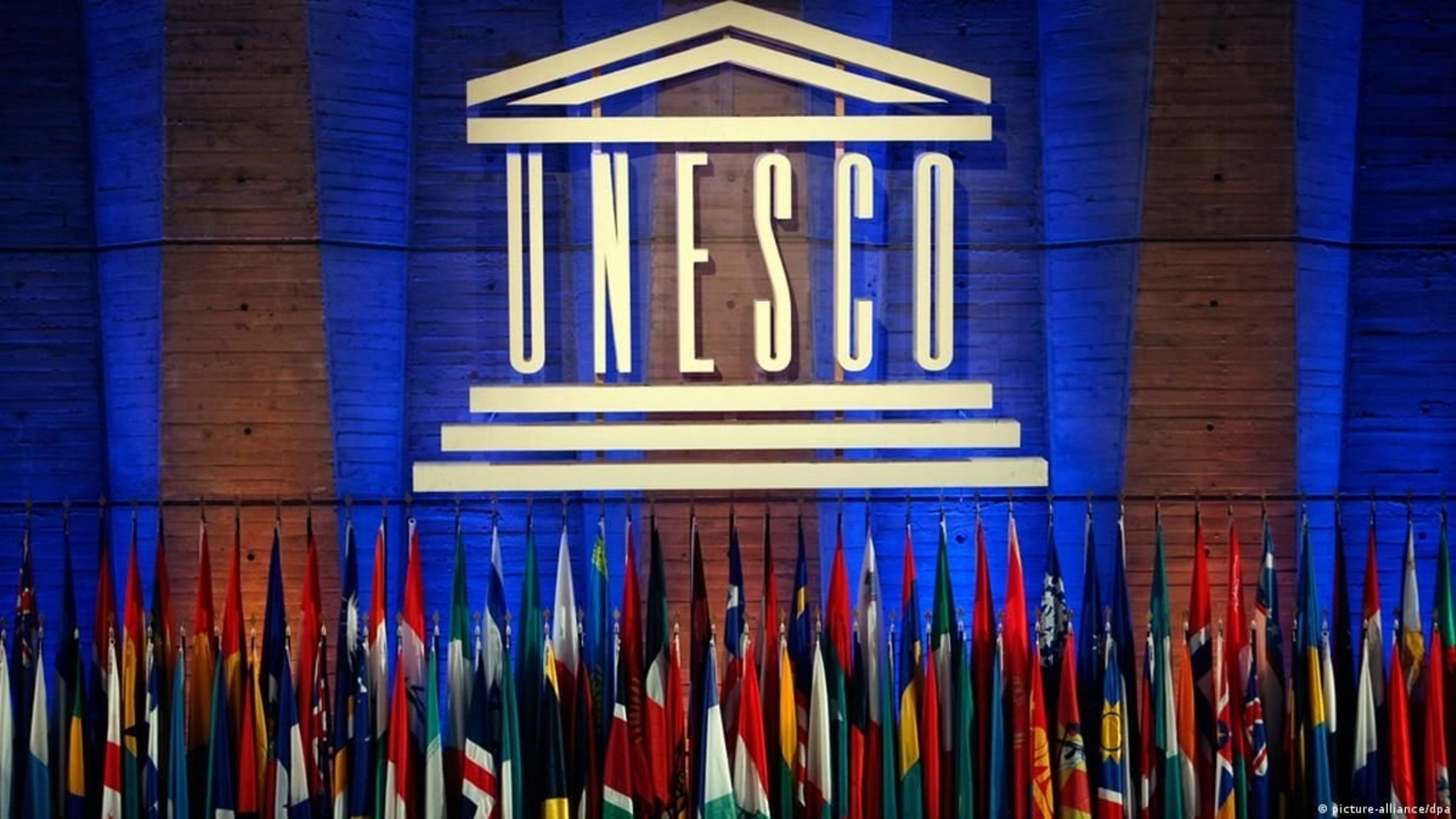














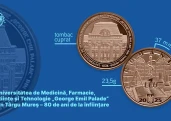



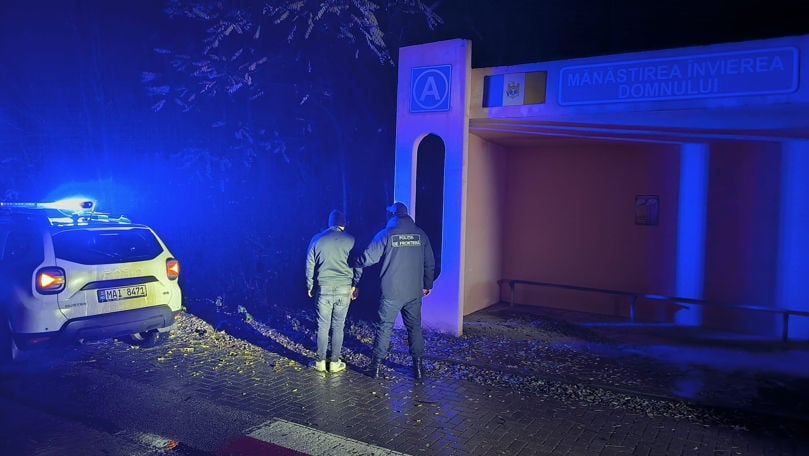

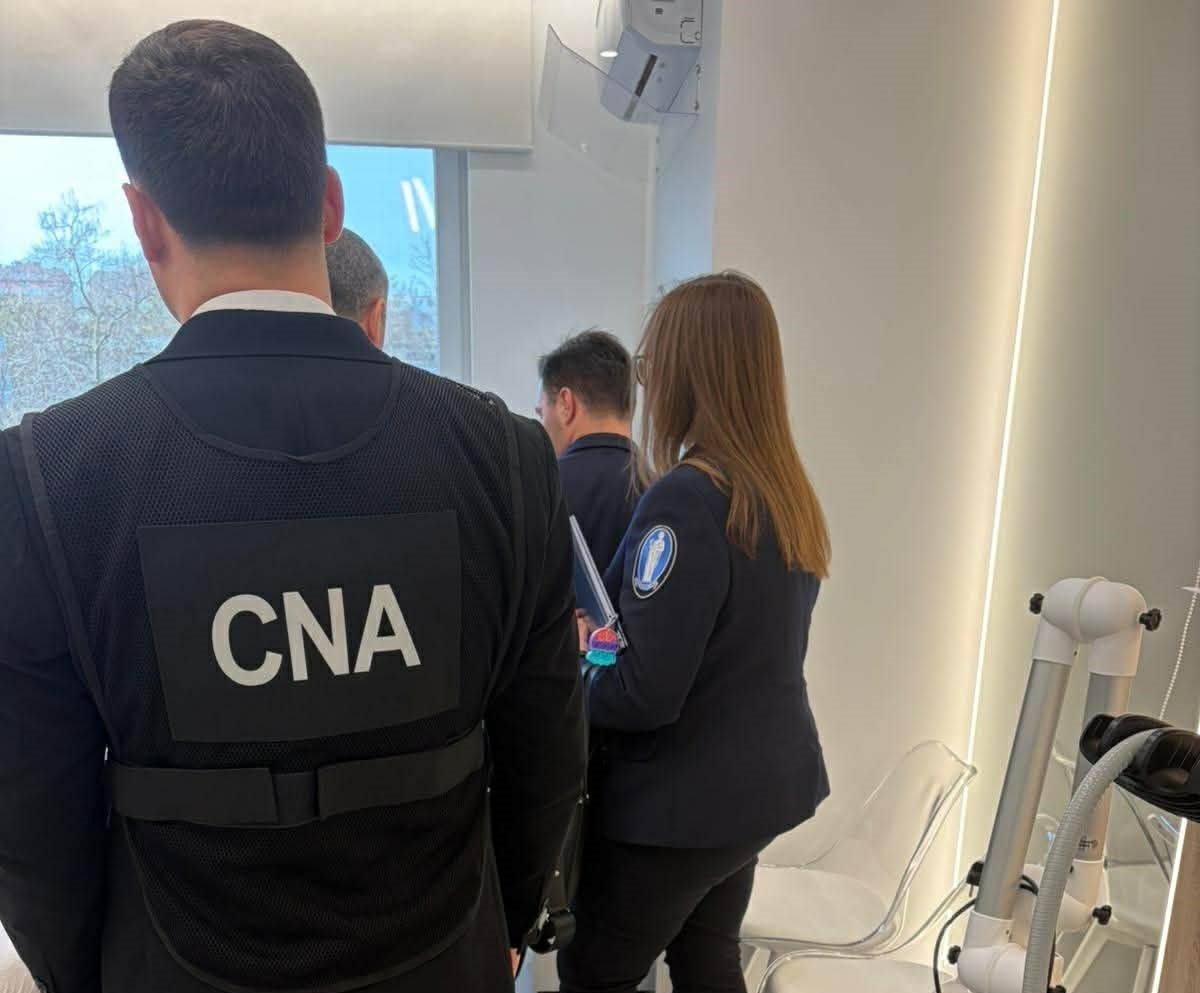
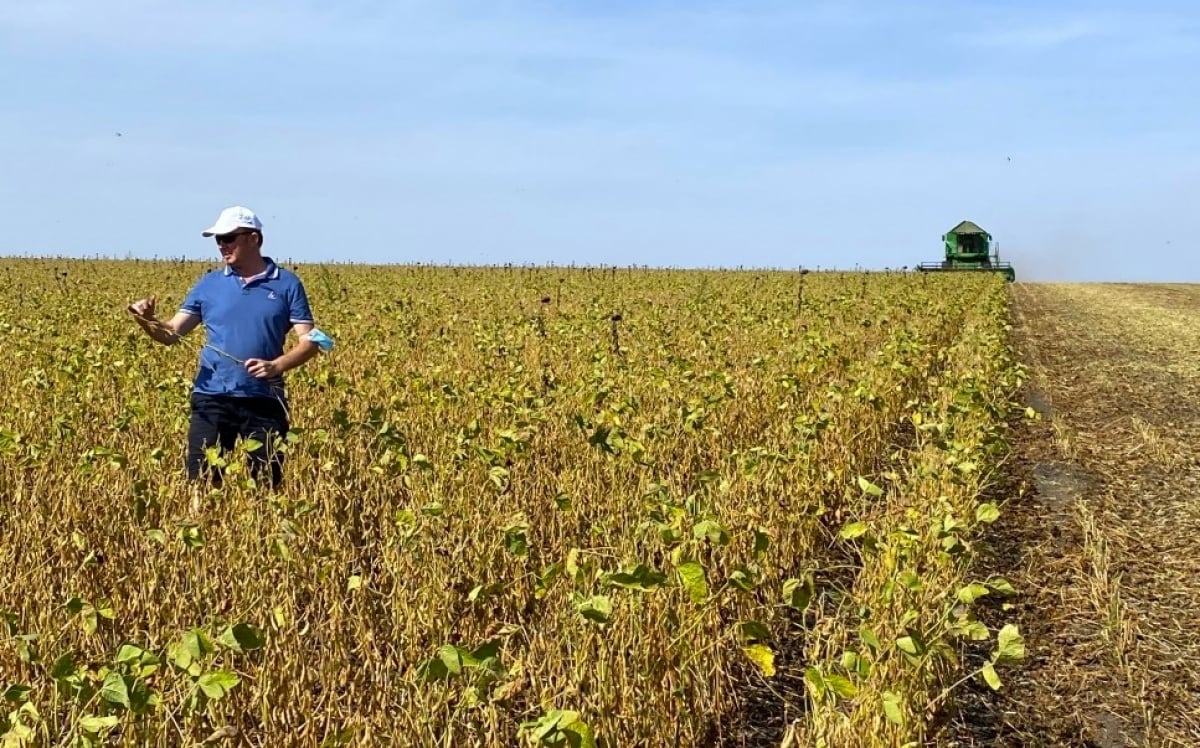









Comentează